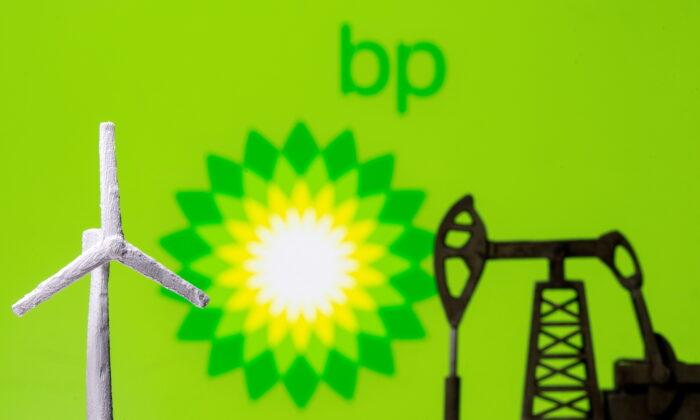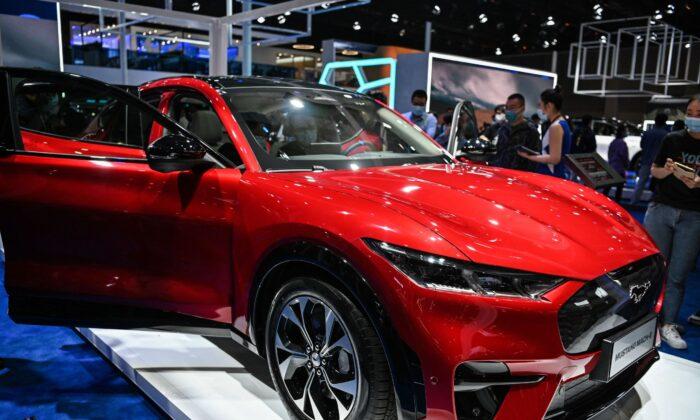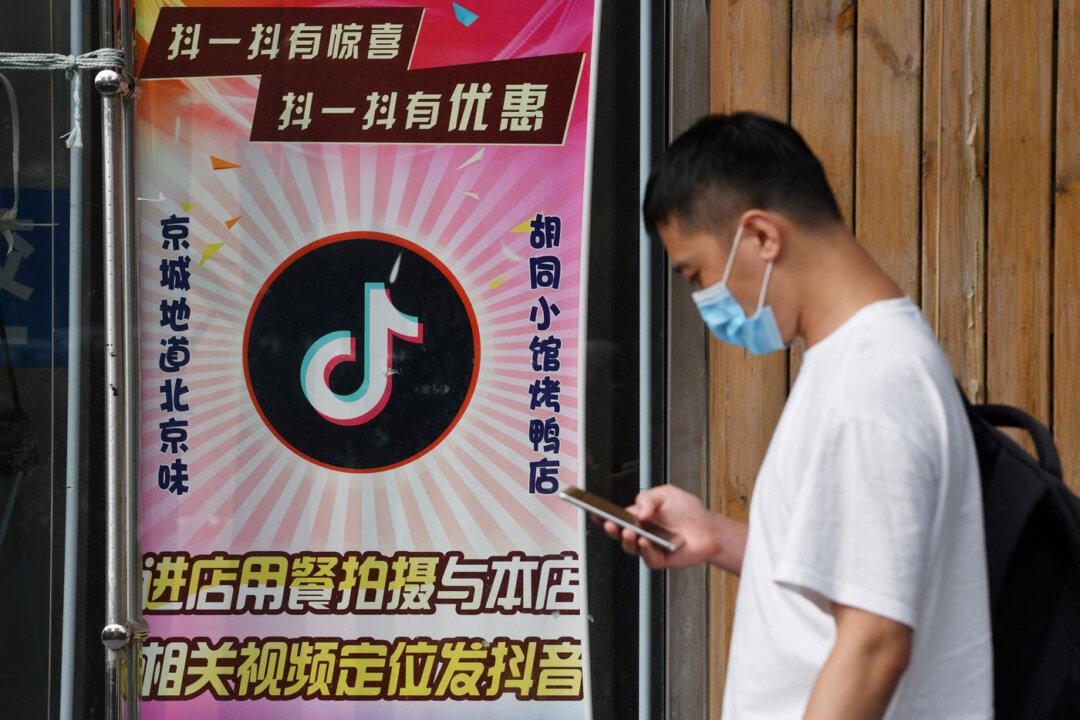Oil giant BP has reported a jump in its most recent quarterly profits amidst rising energy prices. The company also issued an update of its strategic transformation plan for the future.
Net debt at the end of Q4 was at $30.6 billion, a decline of $8.3 billion compared to Q4, 2020. Capital expenditure in the last quarter of 2021 was $3.6 billion. For the entire year, capital expenditure stood at $12.8 billion.
For 2022, the company expects capital expenditure to reach $14 billion to $15 billion. Through 2025, capital expenditure is predicted to be in the range of $14 billion to $16 billion per year.
Share buybacks for the fourth quarter were at $1.73 billion, which included the $1.25 billion buyback announced during the third-quarter results. Using the surplus cash flow of 2021, which stood at $6.3 billion, BP aims to buy back $1.5 billion shares before the Q1 2022 results are out. The company also committed to using 60 percent of its surplus cash for share buybacks, using the remaining 40 percent to strengthen the balance sheet.
If Brent crude remains at around $60 per barrel, BP calculates that it will be able to set aside $4 billion for share buybacks per annum as well as increase dividends for ordinary shares by 4 percent through 2025.
With regard to the plan to transform itself into an integrated energy company, BP expects to boost investment in transition growth businesses by more than 40 percent of BP capital expenditures by 2025 and to 50 percent by 2030.
The company plans on generating $9 billion to $10 billion in earnings before interest, taxes, depreciation, and amortization from transition growth businesses by the end of this decade. Much of the transition growth is expected to come from five areas—renewable, hydrogen, EV charging, convenience, and bioenergy. By 2050, the company aims to become net-zero across sales, operations, and production.





